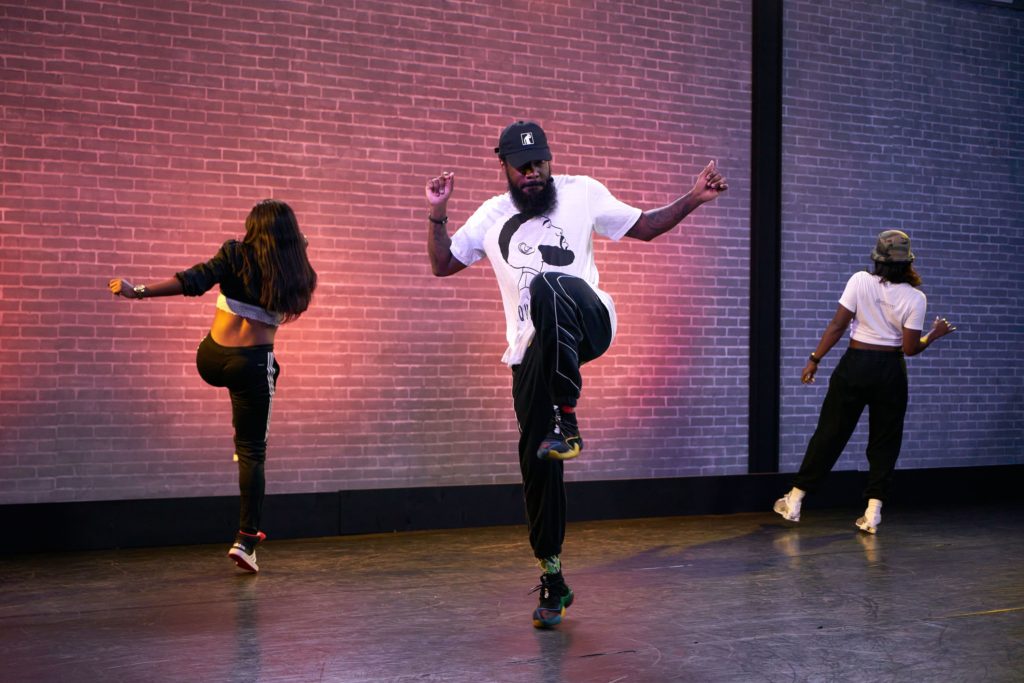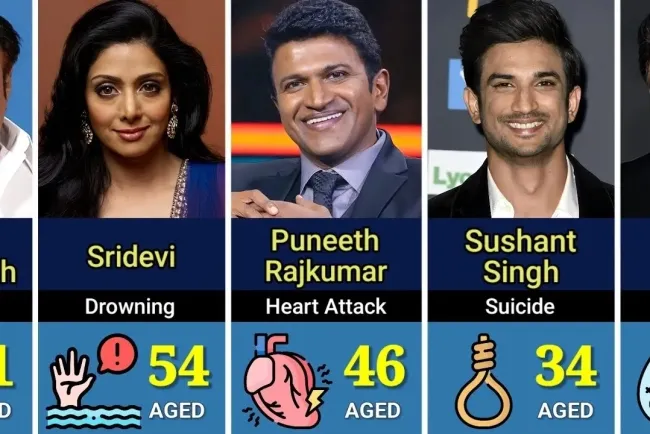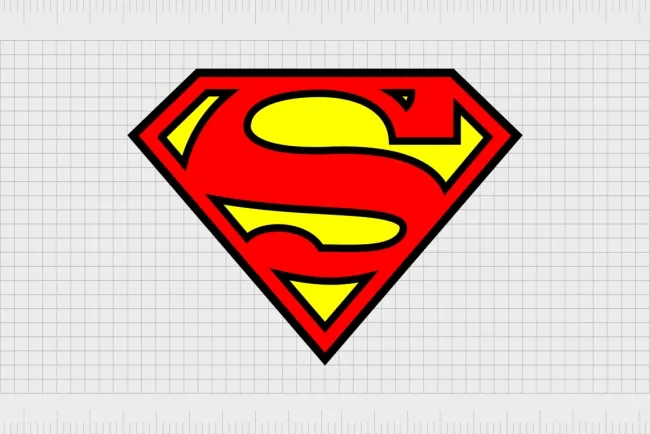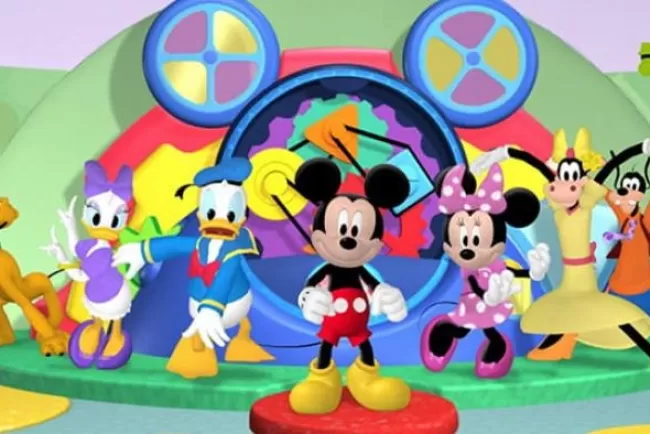Hip Hop Dance: A Dynamic Expression of Culture and Movement...!!!
Hip hop dance is a vibrant and energetic form of street dance that emerged as part of hip hop culture in the late 1970s and early 1980s in the United States. It has since evolved into a global phenomenon, influencing and being influenced by various dance styles, music genres, and cultures. Hip hop dance is characterized by its expressive, rhythmic, and improvisational movements, making it a dynamic and ever-evolving art form.

Origins and Evolution
Hip hop dance originated in the urban neighborhoods of New York City, particularly in the Bronx, where young African American and Latino communities created a new cultural movement that included music, dance, graffiti art, and fashion. The dance style evolved in the streets, parks, and clubs, where dancers would gather for battles, cyphers, and parties. The early pioneers of hip hop dance, known as b-boys and b-girls, developed foundational moves that laid the groundwork for the dance style.
Key Elements and Styles
Hip hop dance encompasses a variety of styles, each with its own unique characteristics and techniques. Some of the most prominent styles include:
-
Breaking (Breakdancing): Breaking is one of the earliest forms of hip hop dance, characterized by its acrobatic and athletic moves. B-boys and b-girls perform intricate footwork, spins, freezes, and power moves, often incorporating elements of gymnastics and martial arts. Breaking is known for its competitive nature, with dancers engaging in battles to showcase their skills and creativity.
-
Popping: Popping is a dance style that involves the rapid contraction and relaxation of muscles to create a jerking or popping effect. This style often includes robotic movements, isolations, and sharp, precise motions. Poppers use various techniques such as waving, tutting, and gliding to create a visually striking performance.
-
Locking: Locking is characterized by its distinct pauses or locks, where dancers freeze in place for a moment before continuing their movements. This style often features exaggerated, animated motions and playful interactions with the audience. Locking is known for its high energy and engaging performance quality.
-
Krumping: Krumping is an intense and aggressive dance style that emerged in the early 2000s in Los Angeles. It is characterized by its powerful, expressive movements and raw emotional intensity. Krumpers use exaggerated gestures, chest pops, and rapid arm swings to convey their emotions and tell a story through their dance.
-
Freestyle: Freestyle is an essential aspect of hip hop dance, emphasizing improvisation and personal expression. Dancers create spontaneous movements in response to the music, often incorporating elements from various hip hop styles and other dance genres. Freestyle allows dancers to showcase their individuality and creativity.

Cultural Impact and Global Reach
Hip hop dance has had a profound impact on popular culture and has become a global phenomenon. It has influenced and been influenced by other dance styles, including contemporary, jazz, and ballet. Hip hop dance has also made its way into mainstream media, with movies, television shows, music videos, and commercials featuring hip hop choreography.
The dance style has transcended cultural and geographical boundaries, with hip hop dance communities thriving in countries around the world. International competitions and events, such as the World Hip Hop Dance Championship and Red Bull BC One, bring together dancers from diverse backgrounds to celebrate and compete in the art form.
Teaching and Learning
Hip hop dance is taught in various settings, from community centers and dance studios to schools and universities. Many professional dancers and choreographers offer workshops and masterclasses, sharing their expertise and passion for the dance style. Online platforms and social media have also become valuable resources for learning and connecting with the global hip hop dance community.
Hip Hop Dance and Social Change
Hip hop dance has played a significant role in promoting social change and empowerment. It has provided a positive outlet for self-expression, creativity, and physical activity, particularly for young people in underserved communities. Dance programs and initiatives have been used to address social issues, foster community engagement, and inspire positive change.
Hip hop dance is a dynamic and expressive art form that continues to evolve and inspire. Its roots in urban culture, emphasis on individuality and creativity, and global reach have made it a powerful force in the world of dance. As hip hop dance continues to grow and influence new generations, it remains a testament to the resilience, innovation, and passion of its pioneers and practitioners.
What's Your Reaction?

















